Filter by
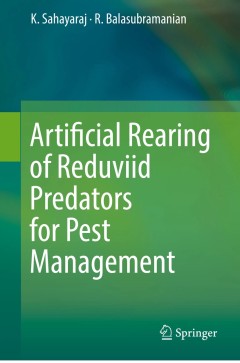
Artificial Rearing of Reduviid Predators for Pest Management
This eye-opening book focuses on the development of techniques to mass-produce reduviid predators and important generalist predators, an endeavor that won’t prove sufficient if the cost of commercialization is prohibitive. Advancing mass production to the level of economic feasibility is critical, so that these new technologies can compete in the open market. This book commences with a rev…
- Edition
- Ed. 1
- ISBN/ISSN
- 978-981-10-2522-8
- Collation
- XVI, 180
- Series Title
- -
- Call Number
- 630 BAL a
Reproductive Diversity of Plants
The first part of the book presents the evolution of plants starting from photosynthetic cells to topics like Gymnosperms and Angiosperms, including the evolution of the breeding system. Geological and molecular data were used, helping us to show with more details each of the phases presented. Also, specialization of the reproductive systems such as evolution of unissexuality (dioecy and monoe…
- Edition
- Ed. 1
- ISBN/ISSN
- 978-3-319-21254-8
- Collation
- -
- Series Title
- -
- Call Number
- -

Bioresource and Stress Management
This book is a compilation of recent global measures to conserve bio-resources and manage biotic and abiotic stresses. It highlights emerging issues related to agriculture, abiotic and biotic stress factors, ethnic knowledge, climate change and global warming, as well as natural resources and their sustainable management. It also focuses on the consolidated efforts of scientists and academics e…
- Edition
- 1
- ISBN/ISSN
- 978-981-10-0995-2
- Collation
- XV, 276
- Series Title
- -
- Call Number
- 150.6
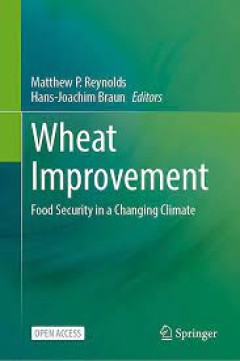
Wheat Improvement Food Security in a Changing Climate
This open-access textbook provides a comprehensive, up-to-date guide for students and practitioners wishing to access in a single volume the key disciplines and principles of wheat breeding. Wheat is a cornerstone of food security: it is the most widely grown of any crop and provides 20% of all human calories and protein. The authorship of this book includes world class researchers and breeders…
- Edition
- -
- ISBN/ISSN
- 9783030906733
- Collation
- -
- Series Title
- -
- Call Number
- -

Triticale
Triticale crop species has received substantial research support since the mid-20th century making it a commercial success in many countries, in diverse value propositions. However, no recent book captures the new knowledge and progresses made in more than 2 decades. The purpose of this work is to review and collate the new knowledge of triticale plant biology and agronomy, while considering th…
- Edition
- -
- ISBN/ISSN
- 978-3-319-22551-7
- Collation
- -
- Series Title
- -
- Call Number
- -
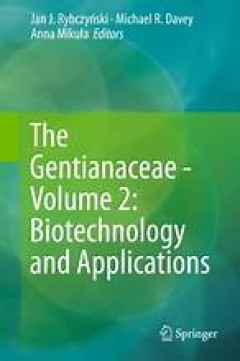
The Gentianaceae - Volume 2: Biotechnology and Applications
This book, the second of two volumes on the Gentianaceae, is devoted to aspects of biotechnology and their applications. It consists of 18 chapters and covers micropropagation by means of organogenesis or somatic embryogenesis, and single cell manipulation of various species belonging to the horticultural genera Blakstonia, Centaurium, Gentiana, Gentianalla and Swertia. Furthermore, the applica…
- Edition
- 1
- ISBN/ISSN
- 978-3-642-54102-5
- Collation
- XXVIII, 452, 91 b/w illustrations, 37 illustrations in colour
- Series Title
- -
- Call Number
- -
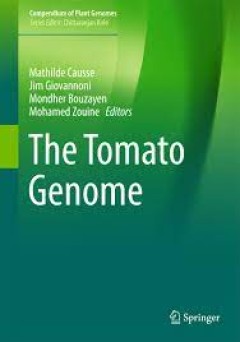
The Tomato Genome
This book describes the strategy used for sequencing, assembling and annotating the tomato genome and presents the main characteristics of this sequence with a special focus on repeated sequences and the ancestral polyploidy events. It also includes the chloroplast and mitochondrial genomes. Tomato (Solanum lycopersicum) is a major crop plant as well as a model for fruit development, and the av…
- Edition
- -
- ISBN/ISSN
- 978-3-662-53389-5
- Collation
- -
- Series Title
- -
- Call Number
- -
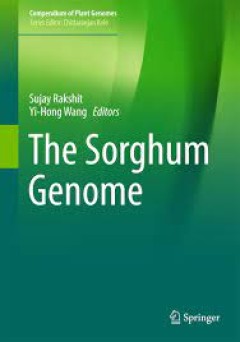
The Sorghum Genome
This book provides insights into the current state of sorghum genomics. It particularly focuses on the tools and strategies employed in genome sequencing and analysis, public and private genomic resources and how all this information is leading to direct outcomes for plant breeders. The advent of affordable whole genome sequencing in combination with existing cereal functional genomics data has…
- Edition
- -
- ISBN/ISSN
- 978-3-319-47789-3
- Collation
- -
- Series Title
- -
- Call Number
- -
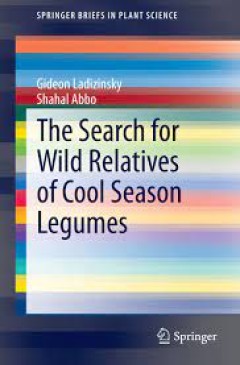
The Search for Wild Relatives of Cool Season Legumes
The study of origin and domestication of legumes described in this book emerged when it became apparent that while this kind of information is adequate for cereals, the pulses lagged behind. At the end of the 1960s the senior author initiated a study on the chickpea's wild relatives followed by similar attempts for broad bean, fenugreek, common vetch, bitter vetch, and lentil. The junior aut…
- Edition
- -
- ISBN/ISSN
- 978-3-319-14505-1
- Collation
- -
- Series Title
- -
- Call Number
- -
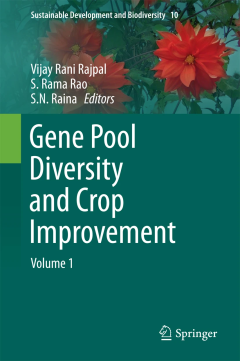
Gene Pool Diversity and Crop Improvement
The world population is estimated to reach to more than 10 billion by the year 2050. These projections pose a challenging situation for the agricultural scientists to increase crops productivity to meet the growing food demands. The unavailability and/or inaccessibility to appropriate gene pools with desired traits required to carry out genetic improvement of various crop species make this task…
- Edition
- -
- ISBN/ISSN
- 978-3-319-27094-4
- Collation
- -
- Series Title
- -
- Call Number
- 570
 Computer Science, Information & General Works
Computer Science, Information & General Works  Philosophy & Psychology
Philosophy & Psychology  Religion
Religion  Social Sciences
Social Sciences  Language
Language  Pure Science
Pure Science  Applied Sciences
Applied Sciences  Art & Recreation
Art & Recreation  Literature
Literature  History & Geography
History & Geography